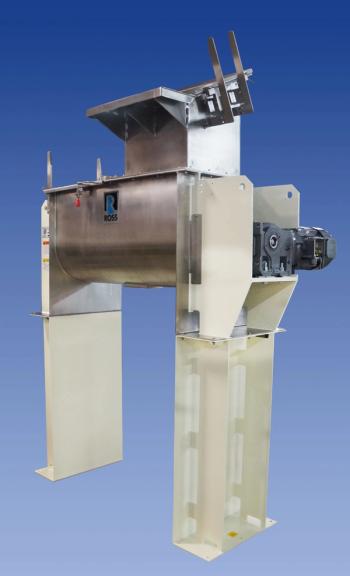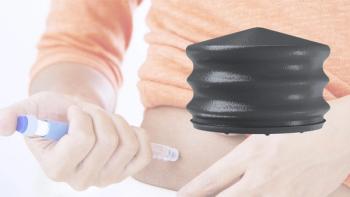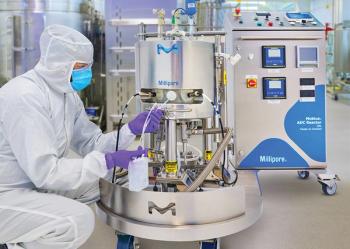
- Pharmaceutical Technology-01-02-2017
- Volume 41
- Issue 1
Spray Dryer for Efficient Microencapsulation
The new patent-pending PolarDry Electrostatic Spray Dryer from Fluid Air, a division of Spraying Systems Co., uses electrostatic technology, rather than heated drying gas, for microencapsulation.
The new patent-pending PolarDry Electrostatic Spray Dryer from Fluid Air, a division of Spraying Systems Co., uses electrostatic technology, rather than heated drying gas, for microencapsulation. This technology eliminates the intense heat of traditional spray drying and is more efficient at encapsulating the active ingredient. The system also allows agglomeration during the drying step, eliminating the need for secondary agglomeration operations. The spray dryer’s electrostatic technology drives water to the shell and active to the core, lowering the evaporation temperature and eliminating active ingredient loss and degradation, thus creating a longer shelf life, and higher bulk density. Inlet drying temperatures remain low (from ambient to 80 °C).
The machines incorporate a patent-pending collection and particle-separation plenum that can be configured for batch or continuous processing. The systems are currently available in four scales: the feasibility scale (Model 001) with a once-through design for the laboratory, an R&D scale (Model 004), a pilot scale (Model 032), and a production scale (Model 050). The R&D scale is a semi-portable unit with a recirculating gas-handling system and a nominal evaporation rate of 4 kg/h; this unit uses the same nozzle as the larger-scale units for ease of scale-up. The pilot-scale unit has a nominal evaporation rate of 30 kg/h, and the largest unit has a rate of 50 kg/h.
Articles in this issue
almost 9 years ago
Predicting Moisture Uptake in Solid Dosage Packagingalmost 9 years ago
Blister Packaging Moves Forwardalmost 9 years ago
Staffing and Preparation for Auditsalmost 9 years ago
Automatic Purge System for Control Panelsalmost 9 years ago
Fully Automated Capping Systemsalmost 9 years ago
Vials Reduce Risk of Drug Container Interactionsalmost 9 years ago
The Tide Stays Highalmost 9 years ago
Drug Quality Key to Innovation and Accessalmost 9 years ago
FDA New Drug Approvals Down Significantly in 2016almost 9 years ago
Beyond Distractions, Pharma Moves OnNewsletter
Get the essential updates shaping the future of pharma manufacturing and compliance—subscribe today to Pharmaceutical Technology and never miss a breakthrough.




